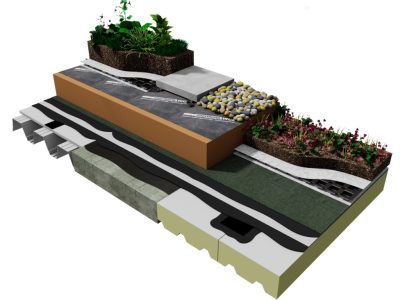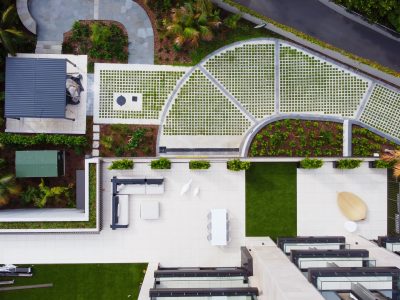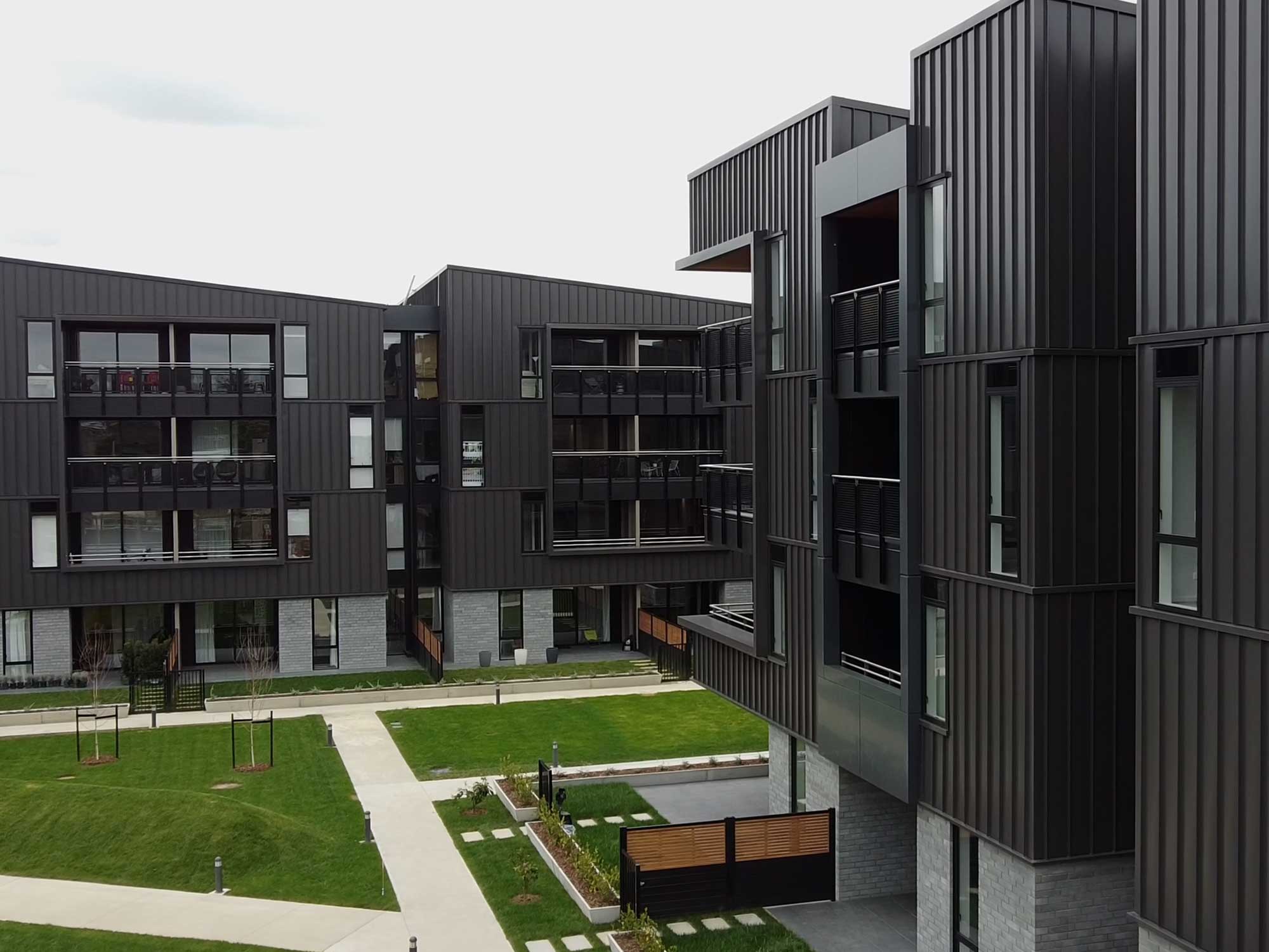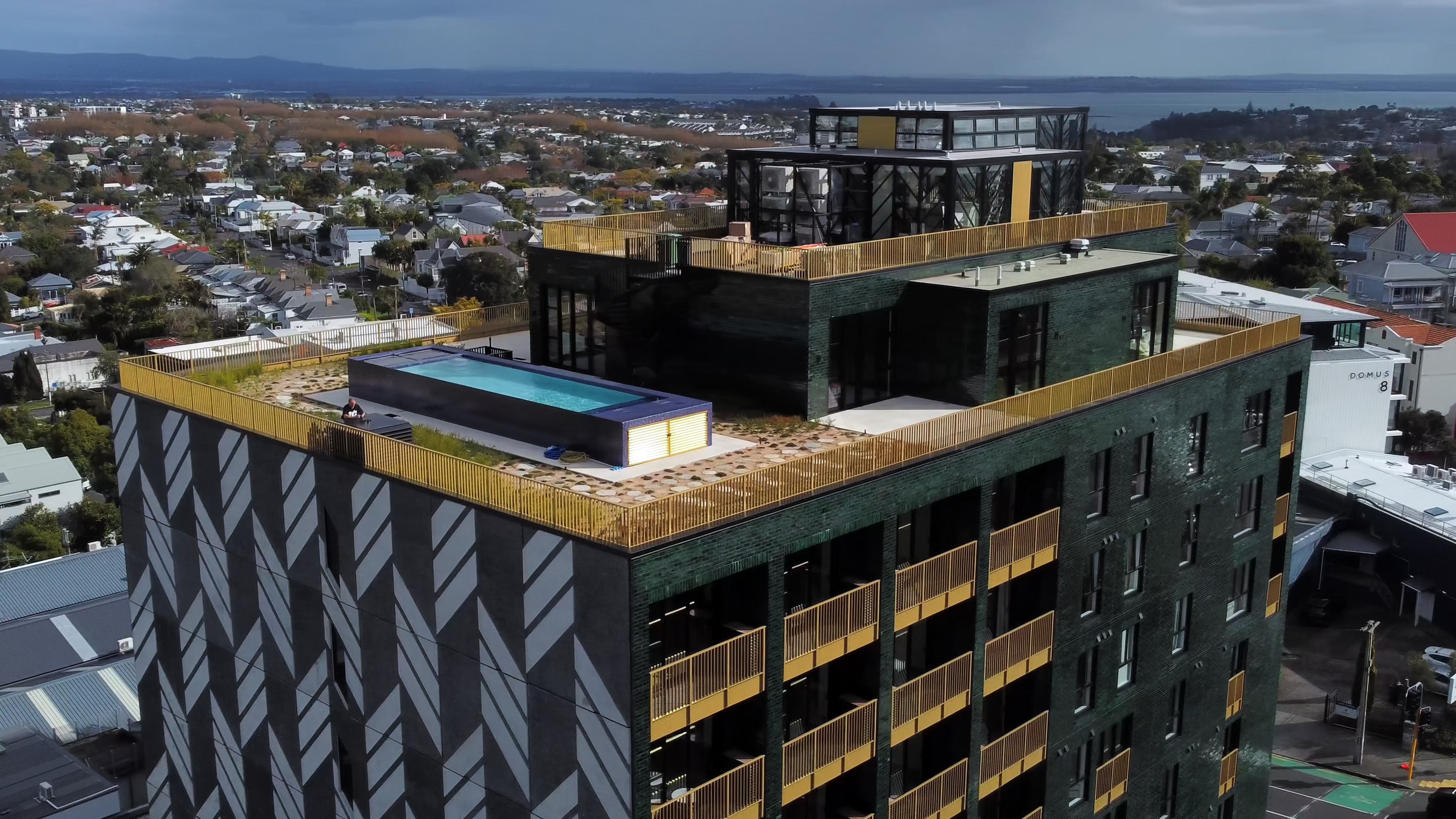
Inverted Roofs: Revolutionising Roofing Systems
Inverted roof systems are transforming the construction industry by providing an innovative take on traditional roofing. Often called the “upside-down revolution,” these roofs have gained popularity in Europe, Canada, and the United States for their unique design. Instead of placing insulation below the waterproofing layer, inverted roofs position the waterproofing directly on the roof deck, with insulation on top. This approach significantly enhances their performance.
Enhanced Protection and Durability
One of the primary advantages of inverted roof systems is their ability to protect the waterproofing membrane. By shielding it from mechanical damage, UV radiation, and harsh environmental conditions, these roofs can last up to three times longer than conventional systems. This longevity translates into lower maintenance costs and greater reliability, making them an excellent investment for building owners.
Moreover, inverted roofs are particularly cost-effective and time-saving for roof terraces, podiums, and high-traffic areas. Their robust construction provides thermal stability and ensures year-round performance, even in the harshest New Zealand winters. Construction can continue during inclement weather, minimizing disruptions and maintaining project timelines.
Sustainability and Aesthetic Appeal
Inverted roofs not only offer durability but also contribute to sustainability. They enhance sound insulation, provide fire protection, and blend seamlessly with green building initiatives, promoting biodiversity in urban settings. As the demand for sustainable building solutions grows, inverted roofs are increasingly favored by architects and builders for their versatility in urban developments.
Key reasons to choose Neuchâtel Permatec Inverted Roof Systems include:
- CodeMark certified for quality assurance
- Less susceptibility to extreme temperatures
- Simple, robust detailing for easy specification
- Outstanding durability for the life of the building
- Zero waste packaging, easily recyclable
- Rapid setting and ideal for staged developments
- Superior external fire rating and membrane protection
A Future-Ready Choice
As the construction landscape evolves, inverted roof systems are emerging as the preferred choice for sustainable building projects. Neuchâtel, a leading supplier of inverted roof solutions in New Zealand, offers a CodeMark certified range of high-quality systems. Our expert technical team provides on-site supervision and a 20-year warranty for peace of mind. With the Neuchâtel Permatec waterproofing system, paired with IKO Enertherm XPS insulation, you benefit from unparalleled durability and energy efficiency.
The advantages of inverted roofs signify a step towards a greener, more resilient future for the built environment. To learn more about how inverted roof systems can enhance your projects, check out our page on Neuchâtel Inverted Ballasted Roofs or visit Green Building Council NZ for more information on sustainable construction practices. For inquiries, contact Neuchâtel’s technical team at info@neuchatel.co.nz.
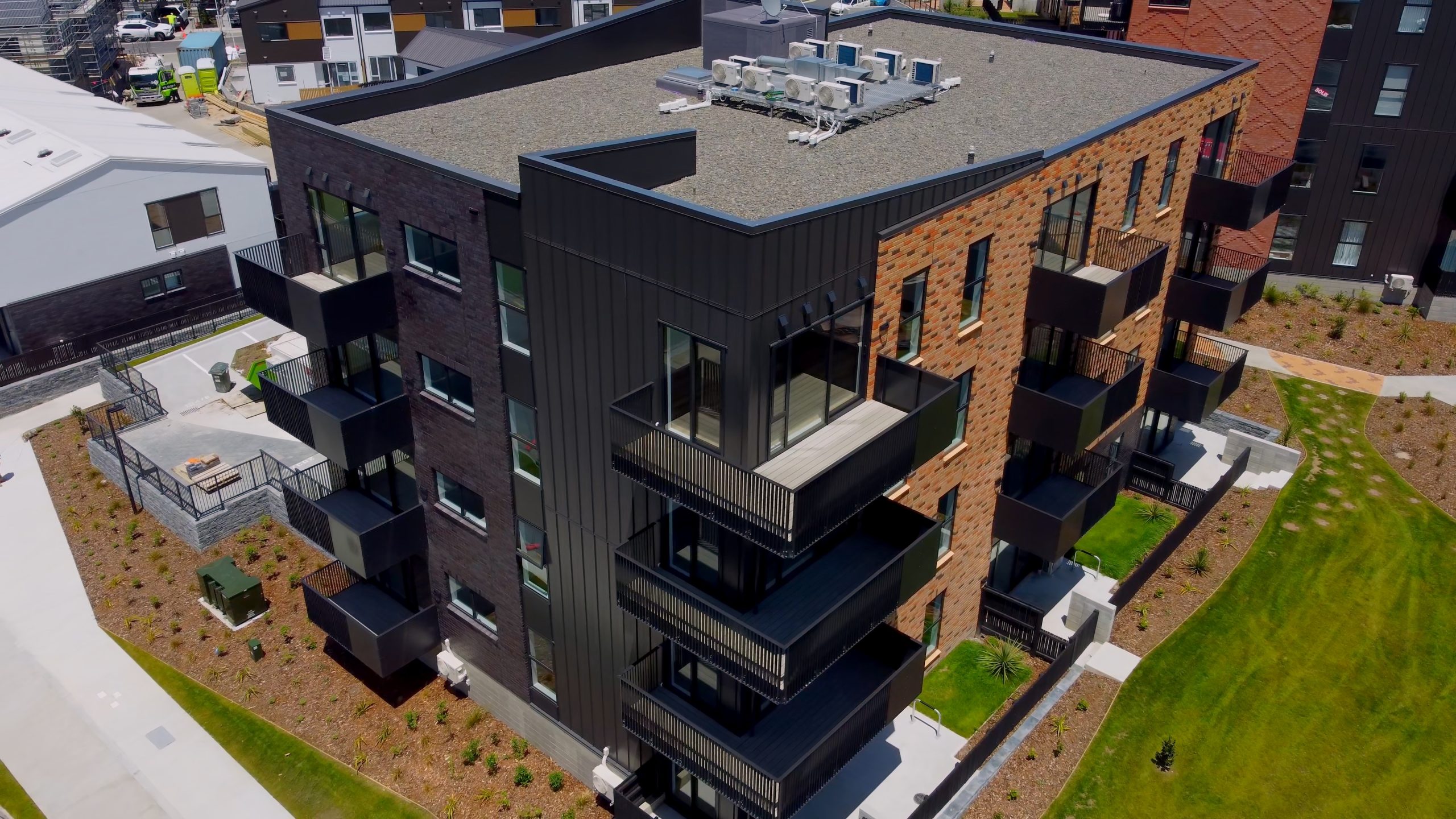
Neuchâtel Permatec Inverted Ballasted Roof System at Te Uru Apartments, Hobsonville Point
A History of Inverted Roofs
The history of inverted roofs traces back centuries, with early examples found in Scandinavia. Modern inverted roofs gained prominence in the mid-20th century, with notable installations like the Florida State University Student Union Building. Over time, they’ve become increasingly popular for their durability, energy efficiency, and environmental benefits. Inverted roofs grace prominent landmarks like London’s Shard, Battersea Power Station and even Edinburgh Castle.
Inverted roofs have a rich historical lineage dating back centuries. While their current popularity stems from their remarkable benefits in contemporary architecture, their origins tell a tale of innovation and adaptation to environmental challenges.
Historically, inverted roofs were not a novelty but a necessity, particularly in regions prone to harsh weather conditions. Early examples of inverted roofs can be traced back to Scandinavia in the 9th century. These roofs, typically constructed with turf or sod laid over a layer of wood or stone, provided insulation and protection from the elements. The weight of the material helped keep the roof intact, making it an ideal solution for the region’s climate.
Today, inverted roofs are celebrated for their durability, energy efficiency, and environmental benefits. They offer a versatile solution for modern architectural challenges, seamlessly integrating with green building initiatives and promoting sustainable urban development.
In conclusion, while inverted roofs may seem like a contemporary innovation, their roots run deep in history. As the construction industry embraces sustainable practices, inverted roofs stand as a testament to the enduring legacy of adaptive architecture and environmental stewardship.
